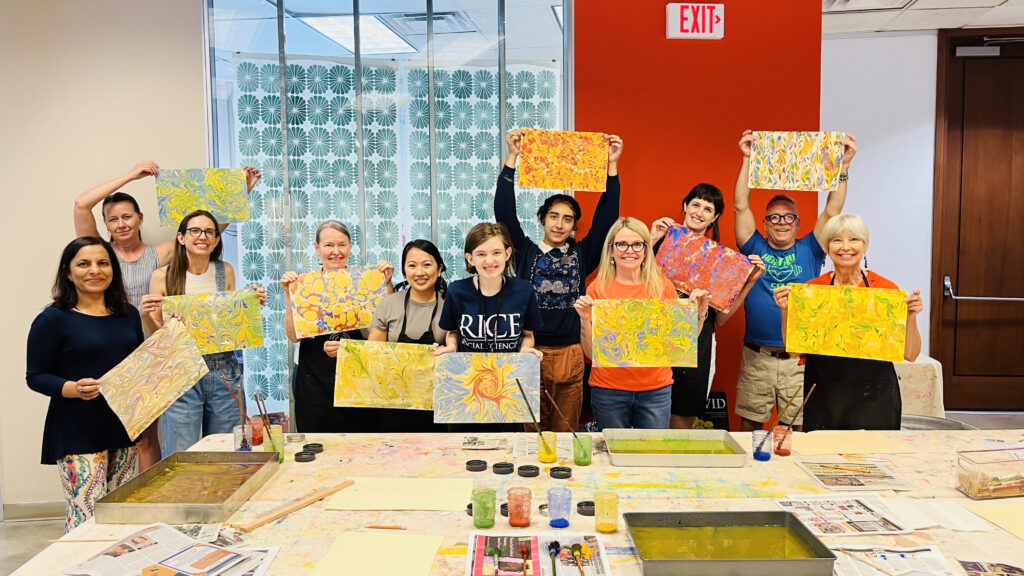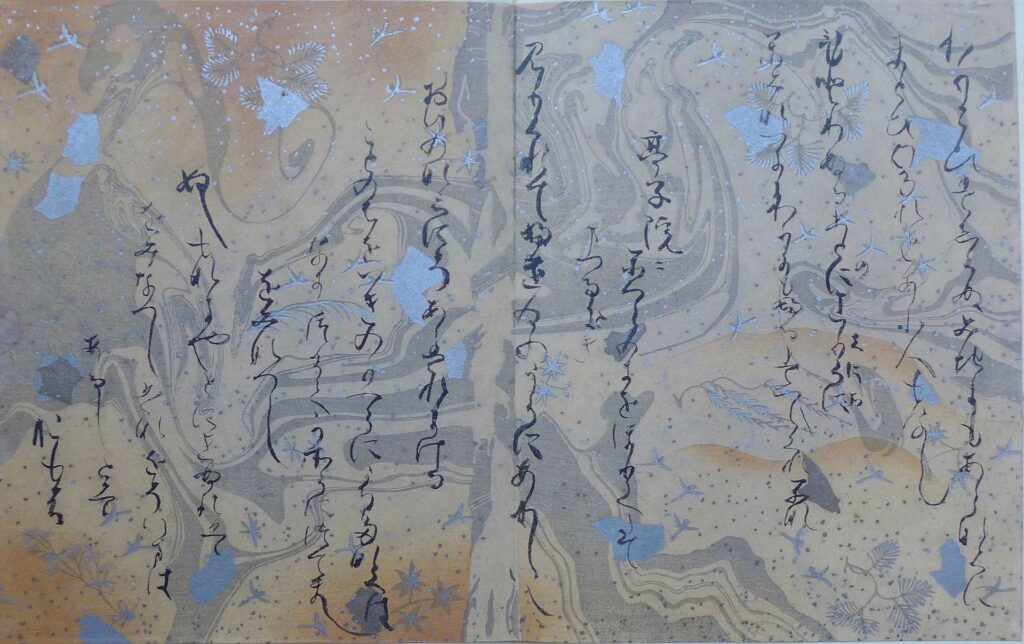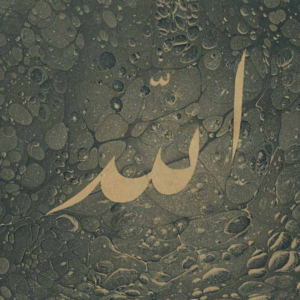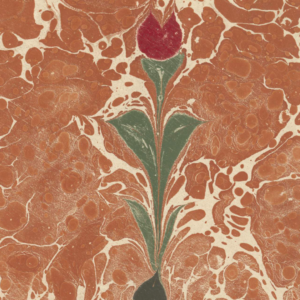Last month, artist Shaheen Rahman led two Turkish paper marbling, or ebru, workshops at HCCC, teaching participants how to create one-of-a-kind works of art on paper! Read on to learn about the history of ebru, an artform officially recognized in 2014 by UNESCO as a unique expression of world cultural heritage!

The earliest surviving examples of paper marbling come from 12th century Japan, where it is known as suminagashi. In the Islamic world, the technique is said to have originated in Bukhara, Uzbekistan, traveling west along the Silk Road – a trade route that linked east and west for almost two millennia – to Turkey, where in the 15th and 16th centuries it quickly became beloved in the Ottoman Empire.

Every work of ebru begins with a tray of water, thickened with oil or a seaweed-based powder called carrageenan. Then, using a horsehair brush, needle, or comb, pigments are dripped or flicked onto the surface of the water. Pigments like white lead, gold, indigo, ochre, and acrylic are mixed with oxgall acid, which increases their surface tension and allows them to float on the surface of the water.


The pigment-laden water is then manipulated with the artist’s tools, allowing colors to flow together and form unique designs. Once the tray is ready, a piece of paper is carefully laid on the water, and the design is transferred onto the sheet.
The fluidity of ebru lends itself to abstract patterns and designs, but floral and geometric motifs are also popular. Expert ebru artists are also able to create works of marbled calligraphy, known as Yazili ebru, by applying a gum arabic resist to the paper before dyeing – a technique pioneered by celebrated calligrapher Necmeddin Okyay, who also developed the distinctive tulip design seen in many works of ebru today.
You can see more photos from our August 24, 2024 Paper-Marbling Workshop on our Facebook page!

